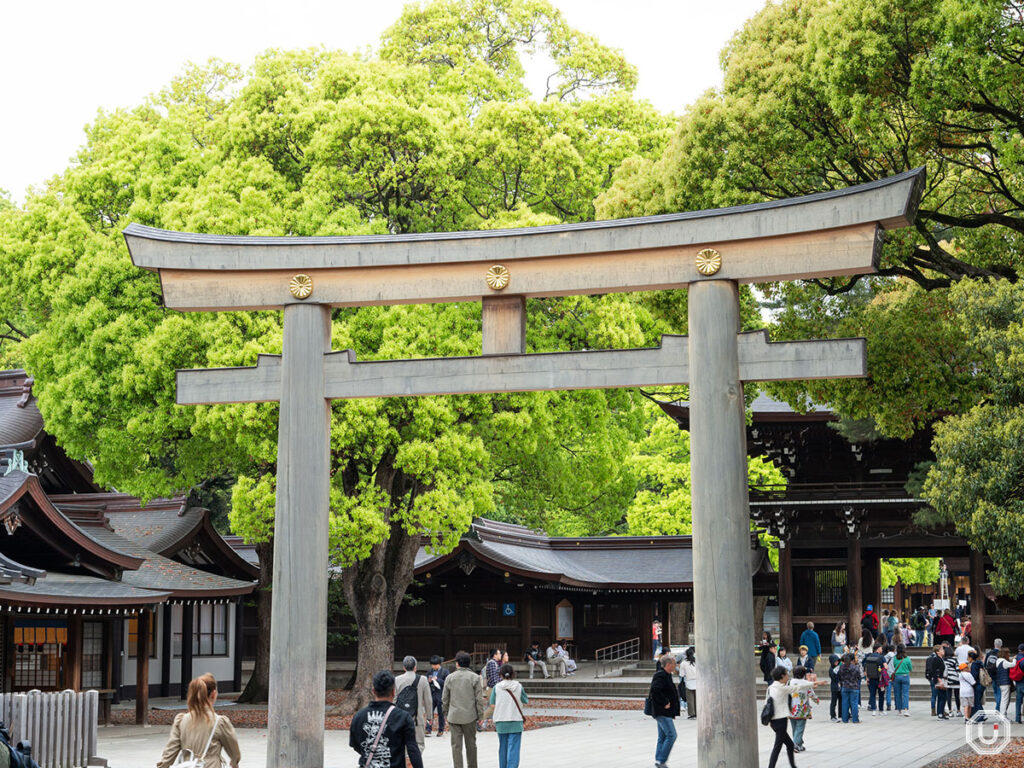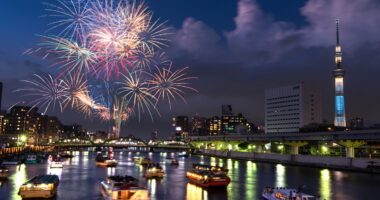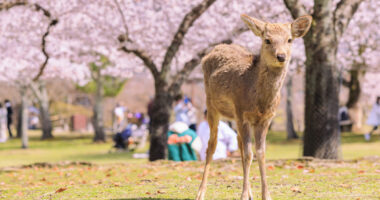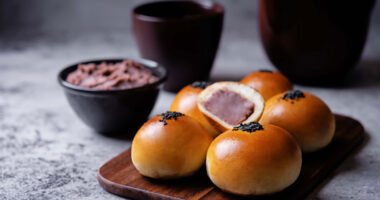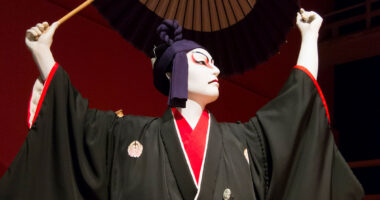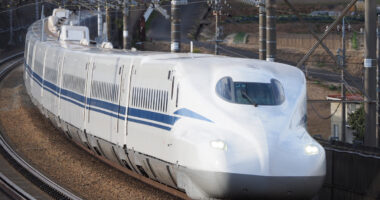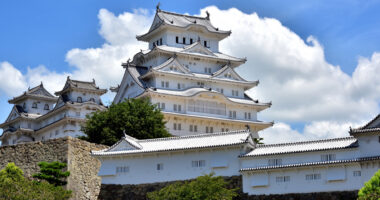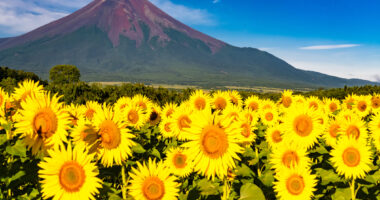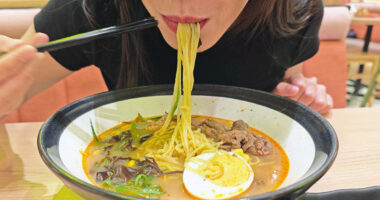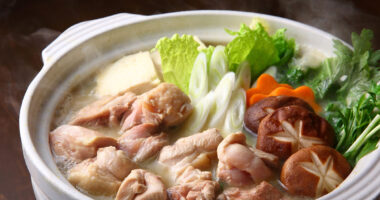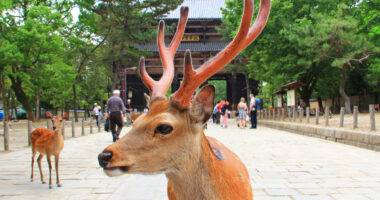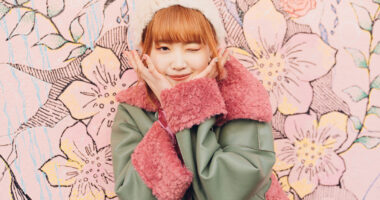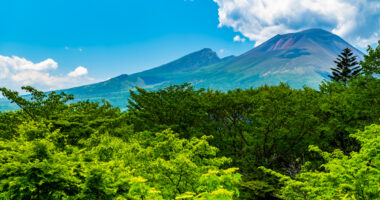Japan beckons travelers with its rich tapestry of culture, where ancient traditions seamlessly blend with modernity. Among the many experiences awaiting them are places of worship devoted to Buddhism and Shintoism, Japan’s ancient religion.
Here’s a guide to assist international visitors with the proper manners and etiquette for paying respects at Shinto shrines and Buddhist temples.
Before you visit
Dress code
With a few exceptions, there is no absolute dress code at Shinto shrines and Buddhist temples. As tourists, you’re not expected to dress overly formally but it’s best to avoid very short shorts or skirts, ripped jeans, tank tops and the like. Finally, bringing a handkerchief is recommended to wipe yourself after the water purification ritual.
At the entrance
Out of respect, it’s generally recommended to remove hats and caps before you enter the shrine or temple premises, as a sign of respect. For both temples and shrines, the gate marks the boundary between the secular and the sacred.
Shinto shrine gate: the torii
Before passing through the entrance torii gate, bow and gather your thoughts, then enter the shrine grounds. When you pass through the torii on your way out, turn around to face the torii and bow again.
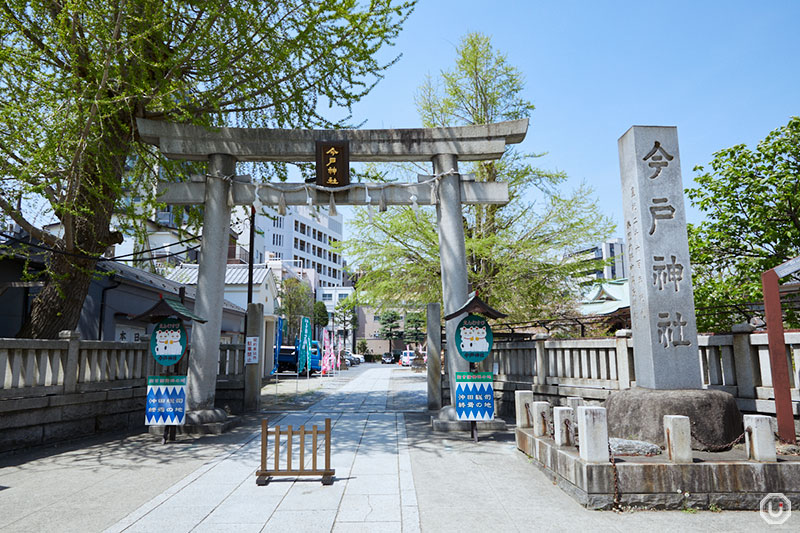
Photo of the torii at Imado Shrine in Tokyo. Bow at the torii before entering and leaving a Shinto shrine.
Buddhist temple gate: the sanmon
Upon arrival at the temple, bow in front of the main gate, called the sanmon. When passing through the sanmon, both entering and leaving, avoid stepping on the threshold and enter with your right foot first. When you pass through the gate on your way out, turn around to face the sanmon and bow again.
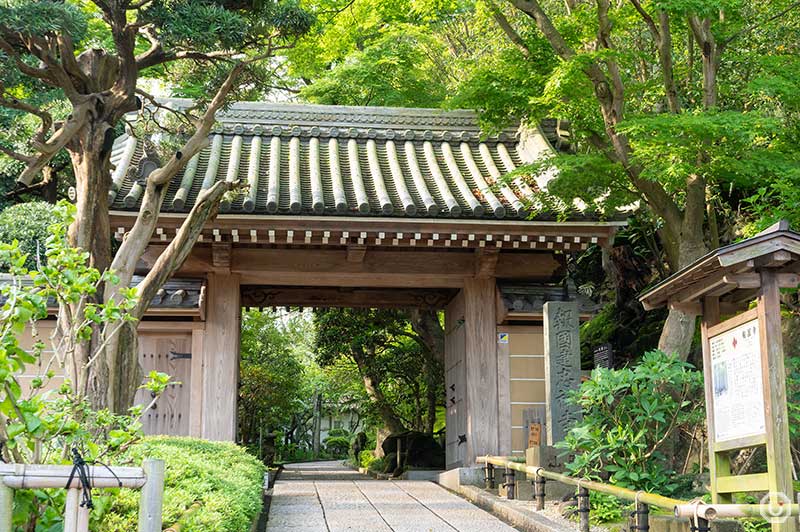
Photo of the sanmon at Houkokuji Temple in Kamakura, Kanagawa Prefecture. Bow at the sanmon before entering and leaving a Buddhist temple.
Purification Rituals at Shrines and Temples
Water purification is a practice common to both Shinto shrines and Buddhist temples in Japan. You can purify your mind and body with water from a hand-washing pavilion, when it is available. This ritual is called temizu or chōzu, which literally means “hand water.” There are two common procedures for performing temizu, depending on the type of hand-washing pavilion available at the temple or shrine you are visiting: one in which you scoop water with provided ladles at a basin and one in which you scoop water with your hands from a water spout:
Temizu Procedure (water basin with ladles)
- Prepare a handkerchief beforehand and begin the temizu.
- Hold the handle of the ladle with your right hand and scoop water from the basin.
- First, wash your left hand, then switch the handle to your left hand and wash your right hand.
- Next, once again hold the handle with your right hand, scoop water into your left hand, and rinse your mouth lightly.
- Wash your left hand again (but keep some water in the ladle for the final step).
- Quietly hold the ladle with both hands, tip it upwards so that water flows down onto the handle to cleanse it, and return the ladle to its original position on the basin.
- Wipe your mouth and hands with a handkerchief to complete the temizu.
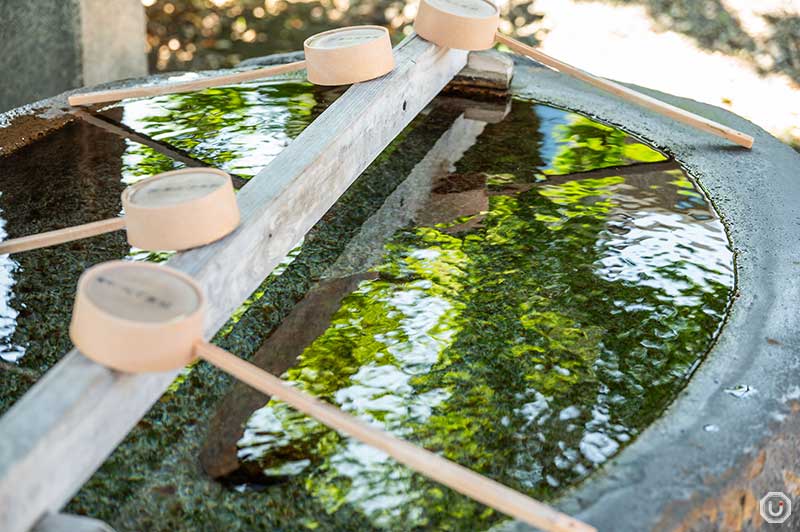
Photo of hand-washing pavilion at Azabu Hikawa Shrine in Tokyo. Purify your mind and body before paying your respects.
Temizu Procedure (water spout)
- Prepare a handkerchief beforehand and begin the temizu.
- Wash both hands, then scoop water into both hands and rinse your mouth lightly.
- Wash both hands again.
- Wipe your mouth and hands with the handkerchief to complete the temizu.
Things to avoid
- Don’t put your lips directly on the ladle.
- Don’t drink the water, only using it to rinse your mouth.
- Don’t slurp, gargle or make noise when rinsing your mouth.
- When washing your hands, rinsing your mouth and cleansing the ladle, do so away from the basin so that unclean water does not pour down into it.
Paying Respects at a Shinto Shrine
Once you have purified yourself, you are ready to pay your respects. Proceed along the approach to the main shrine. When walking along the approach, it is considered a sign of respect toward the deities enshrined in the main shrine to avoid the center of the path, as this area is reserved for them. Some visitors choose to bow lightly when crossing the center or face the main shrine and bow before proceeding.
When standing in front of the offertory box, bow lightly, and as a sincere gesture to the kami, place your monetary offering in the offertory box. Some shrines have one or more bells attached with ropes hanging above the offertory box. In this case, gently shake the rope to gain the kami’s attention.
Perform the following ritual:
- Without changing direction, perform a deep bow twice.
- Then, with both hands together at chest height, slide your right hand slightly downwards along your left palm, and clap twice with hands spread shoulder-width apart.
- After that, with both hands together in front of you, pray sincerely.
- Lower your hands and perform one final deep bow (or two at some shrines).
- Step back respectfully after completing the ritual.
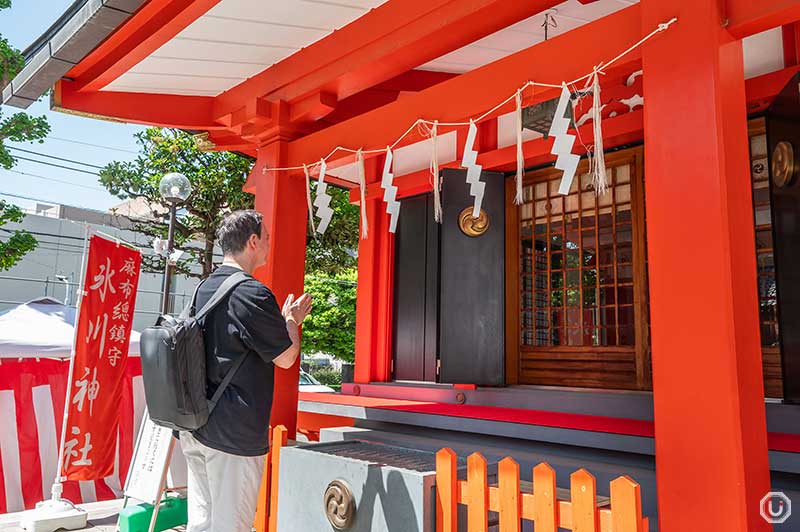
Photo of the main shrine building at Azabu Hikawa Shrine. At Shinto shrines, pay your respects by following the designated bowing and clapping procedure.
Paying respects at a Buddhist temple
Proceed along the approach to the main hall where the temple’s main figure of veneration, often a statue of Buddha or a bodhisattva, is enshrined. Stand in front of the offertory box, bow lightly, and place your monetary offering in the box.
Perform the following ritual:
- Bow towards the main hall, then make an offering by putting money in the offertory box.
- If there is a waniguchi gong gently ring it to greet the Buddha.
- Perform the gasshō: Stand upright, close your eyes, put your palms together, and bow your upper body. Unlike at shrines, there is no clapping.
- After finishing your prayers, bow lightly before leaving the main hall.
Things to avoid when paying respects at shrines or temples
- Only use Japanese money in the offertory box so as not to inconvenience the shrine.
- Whenever possible, do not throw coins from a distance but rather place them gently and respectfully into the offertory box.
- Do not vigorously shake the rope in order to ring the bell or gong loudly.
- Remain quiet during the ritual and don’t chat with other people.
After paying respects
After you have paid your respects, most shrines and temples will have other options you can choose from such as receiving a special seal, obtaining amulets providing various benefits and protection to bring home with you, writing wishes on wooden votive tablets or receiving a fortune on a paper slip. Buddhist temples also offer options to burn incense or candles.
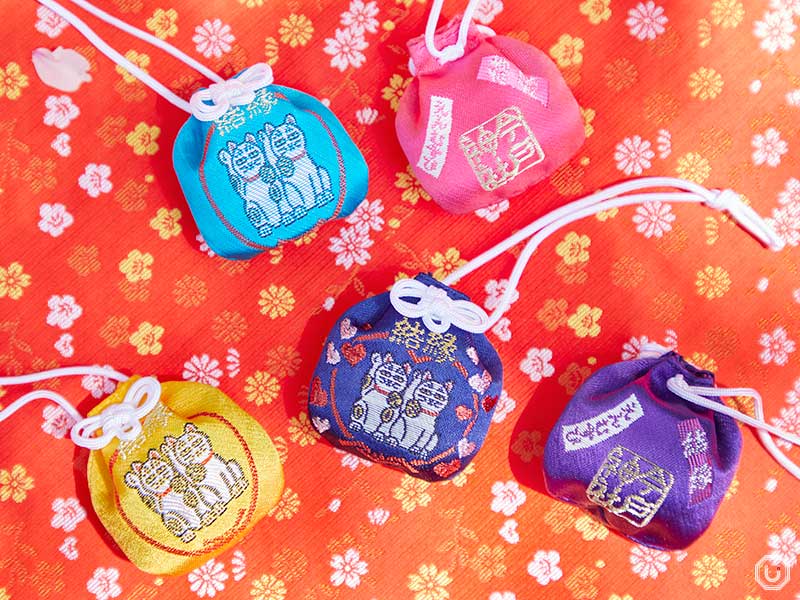
Amulets at the Imado Shrine in Tokyo. Amulets can provide benefits and protection.
By following these guidelines, you’ll maximize your experience visiting shrines and temples during your visit to Japan.
For common questions on shrines and temples, please read our article here.
References: Official website of the Tokyo Jinjacho (Association of Tokyo Shinto Shrines); The Kansai Guide, website operated by the Kansai Tourism Bureau.
